Honey cake everywhere - an interesting variation from Holland
- Written by Portal Editor
Honey is considered a healthy, aromatic sweetener that is used in many recipes around the world, not least because it is much healthier than beet sugar or even sweetener.
Even tea is often sweetened with honey. But honey is so much more than that, it is also considered a wound healing agent that helps heal open wounds without leaving ugly scars. So "honey" has been our topic of conversation very often and our guests recently brought a small honey delicacy from Holland, which ultimately inspired us to write this article.
Important information about honey in advance:
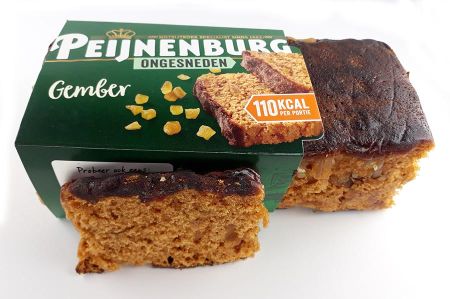 Honey cake contains many vitamins and nutrients. It is better known as gingerbread, which in turn does not correspond to real honey cake. The pastry owes its name to the fact that gingerbread used to get its sweetness mainly from added honey, other types of sugar were only added in very small quantities.
Honey cake contains many vitamins and nutrients. It is better known as gingerbread, which in turn does not correspond to real honey cake. The pastry owes its name to the fact that gingerbread used to get its sweetness mainly from added honey, other types of sugar were only added in very small quantities.
Due to the different ingredients, honey cake contains many vitamins and other valuable nutrients. The vitamins contained belong to groups A to E and K, and there are also minerals such as phosphorus, sodium and potassium. The unsaturated fatty acids and amino acids are also particularly important.
It has been known since 1293: According to this, after a very hard winter, the Bohemian King Wenceslas II distributed honey cakes in the shape of horses among the starving population.
Honey cake - origin of honey and special features
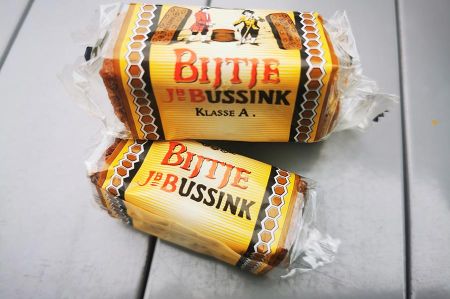 The sweet pastry honey cake was already known in Egyptian times and in ancient times and was valued as a sweet treat full of vitamins. It was popular with the Romans as "panis mellitus" and was made by simply spreading the cake with honey and then baking it in the oven.
The sweet pastry honey cake was already known in Egyptian times and in ancient times and was valued as a sweet treat full of vitamins. It was popular with the Romans as "panis mellitus" and was made by simply spreading the cake with honey and then baking it in the oven.
Honey consists mainly of the sugar’s fructose (fruit sugar, 27 to 44%) and glucose (grape sugar, 22 to 41%) as well as water (15 to 21%, heather honey up to 23%). Honey also contains small amounts of sucrose, maltose, melezitose and other di- and oligosaccharides, minerals, proteins, enzymes, amino acids, vitamins, colouring and flavourings and pollen, which can also be used to determine the origin.
Honey is even used as a medicinal product in naturopathy as part of apitherapy. According to current German law, the healing effects of food may not be advertised and honey may not be described as a medicinal product, although honey has a slight anti-inflammatory effect, reducing swelling, elevated temperature and local pain. Honey promotes the growth of fibroblasts, which means that the wound heals more evenly and there is less scarring. It is used as a wound dressing, for example, because it has a slight antiseptic effect and also breaks down dead tissue in wounds:
Honey cake in small portions as a souvenir
Our guests had finally arrived, a long way from Le Mans via Belgium and Holland to our current location at the Horster Ruhrbrücke campsite. And of course, they also brought a little souvenir with them: honey cake in small portions, the likes of which we had never seen before. Packaged like small biscuits and thus fresh and fragrant, the honey cake was a tempting addition to tea.
Honey cake - ingredients and production
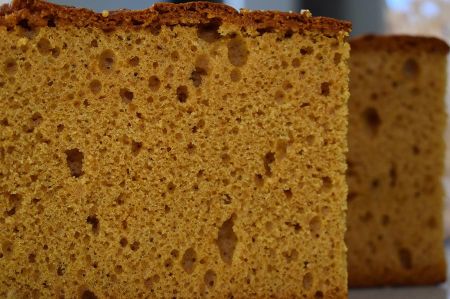 The delicious honey cake can be found all over the world today in a wide variety of versions. Russian honey cake contains raisins and currants soaked in vodka. It is baked in a loaf pan, similar to the typical German honey cake. The Russian honey cake "Medovik" is a round honey cake baked in several layers. British gingerbread is a traditional Christmas treat. Arabic honey cake is covered with a sweet, crunchy layer of sliced almonds, butter and sugar. According to old tradition, a honey cake is also served for the Jewish New Year, Rosh Hashana, for which each family uses its own recipe. The honey is supposed to bring the family a sweet new year, or so it is hoped. Dutch honey cake is a delight as a breakfast cake with sugar beet syrup and sugar.
The delicious honey cake can be found all over the world today in a wide variety of versions. Russian honey cake contains raisins and currants soaked in vodka. It is baked in a loaf pan, similar to the typical German honey cake. The Russian honey cake "Medovik" is a round honey cake baked in several layers. British gingerbread is a traditional Christmas treat. Arabic honey cake is covered with a sweet, crunchy layer of sliced almonds, butter and sugar. According to old tradition, a honey cake is also served for the Jewish New Year, Rosh Hashana, for which each family uses its own recipe. The honey is supposed to bring the family a sweet new year, or so it is hoped. Dutch honey cake is a delight as a breakfast cake with sugar beet syrup and sugar.
There are recipes with a wide variety of compositions for making honey cake.
Here is a first one: First, butter is mixed with honey in a pan and heated. After cooling, add eggs, honey cake spices and lemon zest. When the mixture has been kneaded into a dough, almonds or raisins can be added.
This dough is then placed in a mold or on a baking sheet, covered with almonds and baked in the oven for about 20 minutes at 160 degrees.
Some gourmets then spread it with jam and cover the cake with chocolate, others powder it with powdered sugar or glaze it.
The delicious honey cake made according to our recipe contains star anise in addition to the classic ingredients - which gives it a very special touch. Bake the fragrant honey cake in a loaf pan and offer it to your guests in thin slices.
And now for the procedure:
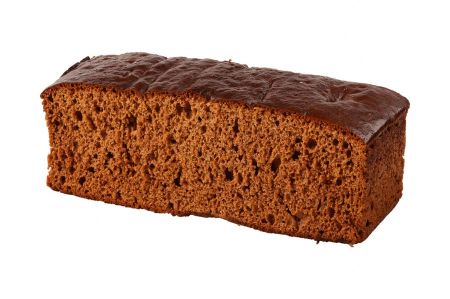 Heat the milk to lukewarm and stir in the honey until the honey has completely dissolved.
Heat the milk to lukewarm and stir in the honey until the honey has completely dissolved.
In a mixing bowl, mix the flour with the baking soda and the spices. Add the honey milk and stir thoroughly with the food processor at medium speed for at least 10 minutes. Let the dough rest at room temperature for 24 hours.
Preheat the oven to 150 °C top/bottom heat.
Line a loaf pan with baking paper and pour in the dough. Bake in the preheated oven on the middle rack for about an hour. Do the toothpick test! If the top browns too much during baking, cover with a piece of aluminum foil or, if you don't want to use foil, with baking paper.
After baking, remove from the pan and allow to cool on a cake rack.
Allow to rest for at least three days before cutting. The honey cake needs to mature a little, then it tastes even better.
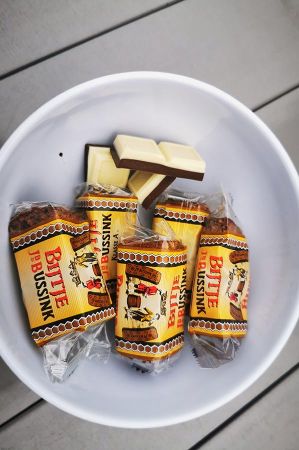 Use a spicy honey, e.g. chestnut honey or forest honey. Acacia honey is too mild and is not suitable.
Use a spicy honey, e.g. chestnut honey or forest honey. Acacia honey is too mild and is not suitable.
500 g wheat flour
600 g honey
1 glass of milk
2 tsp baking soda
1 pinch of star anise, ground
Cinnamon powder
Clove powder
if desired Nutmeg, freshly grated
Have fun preparing and enjoying!
Please read as well:
